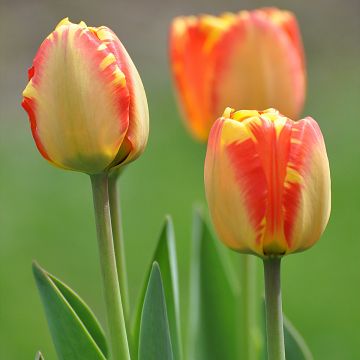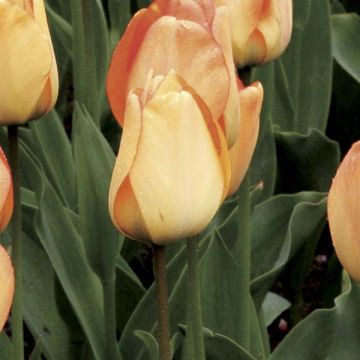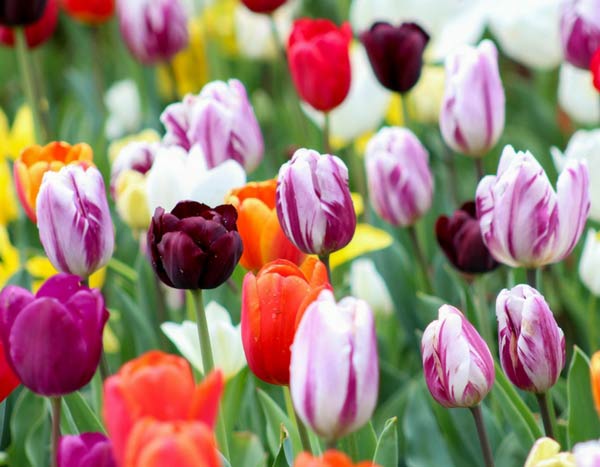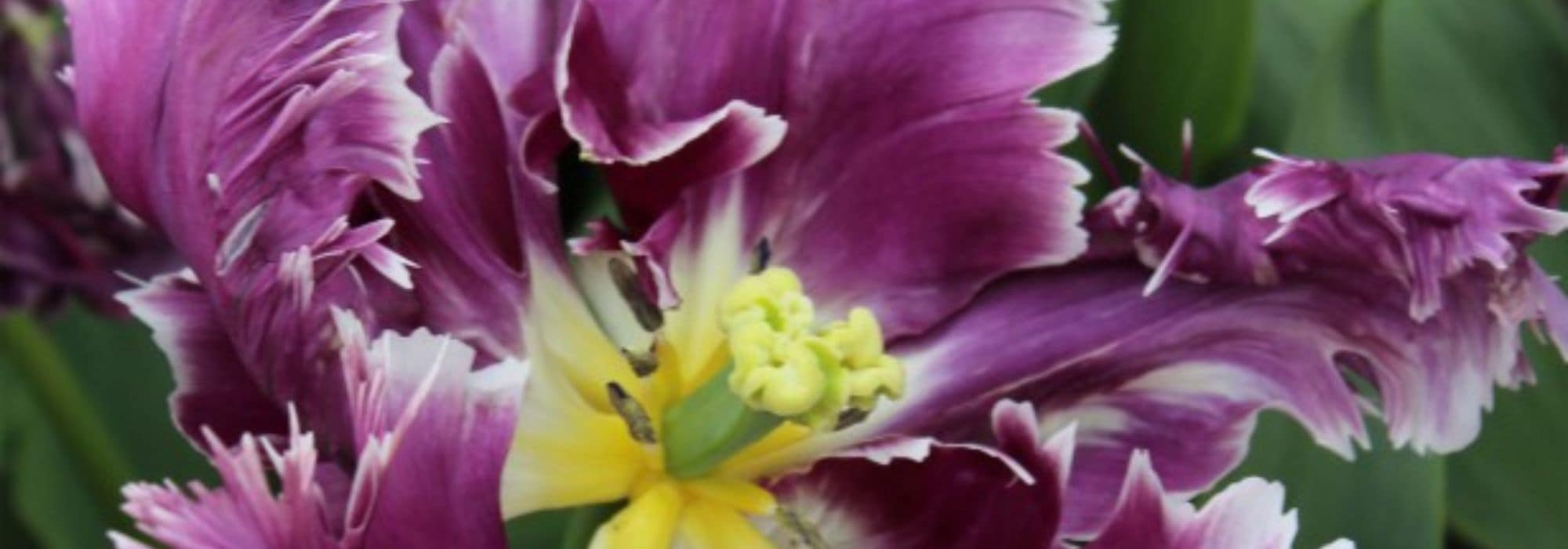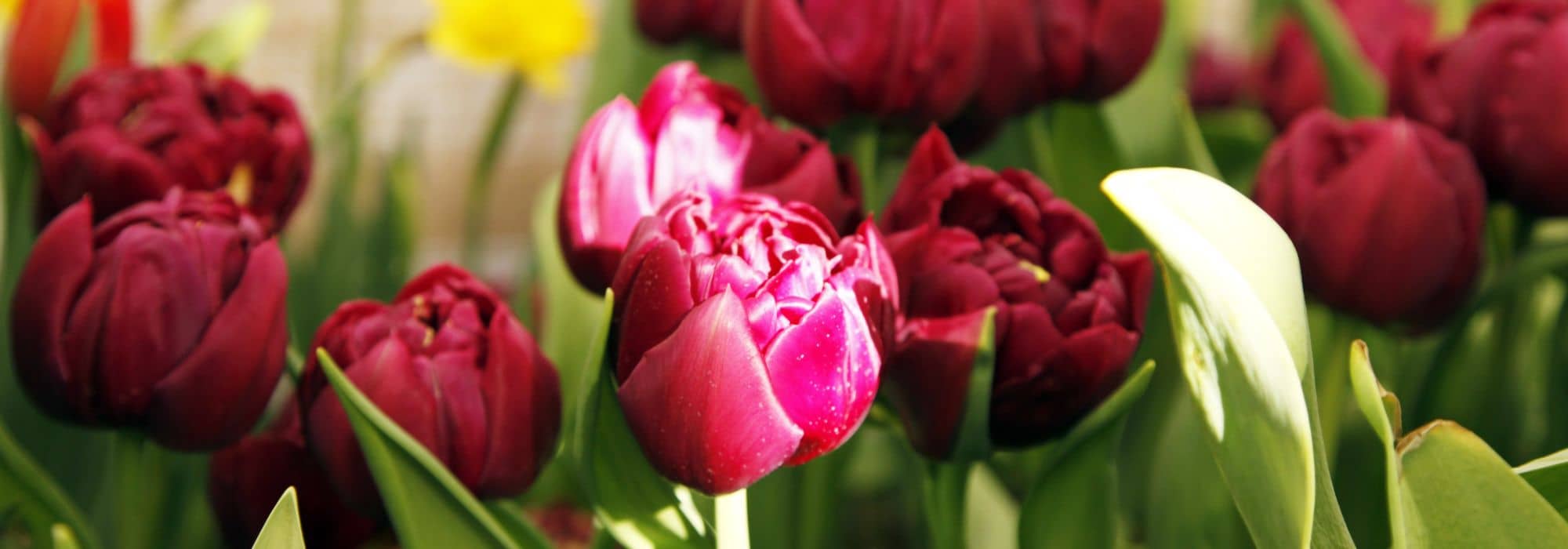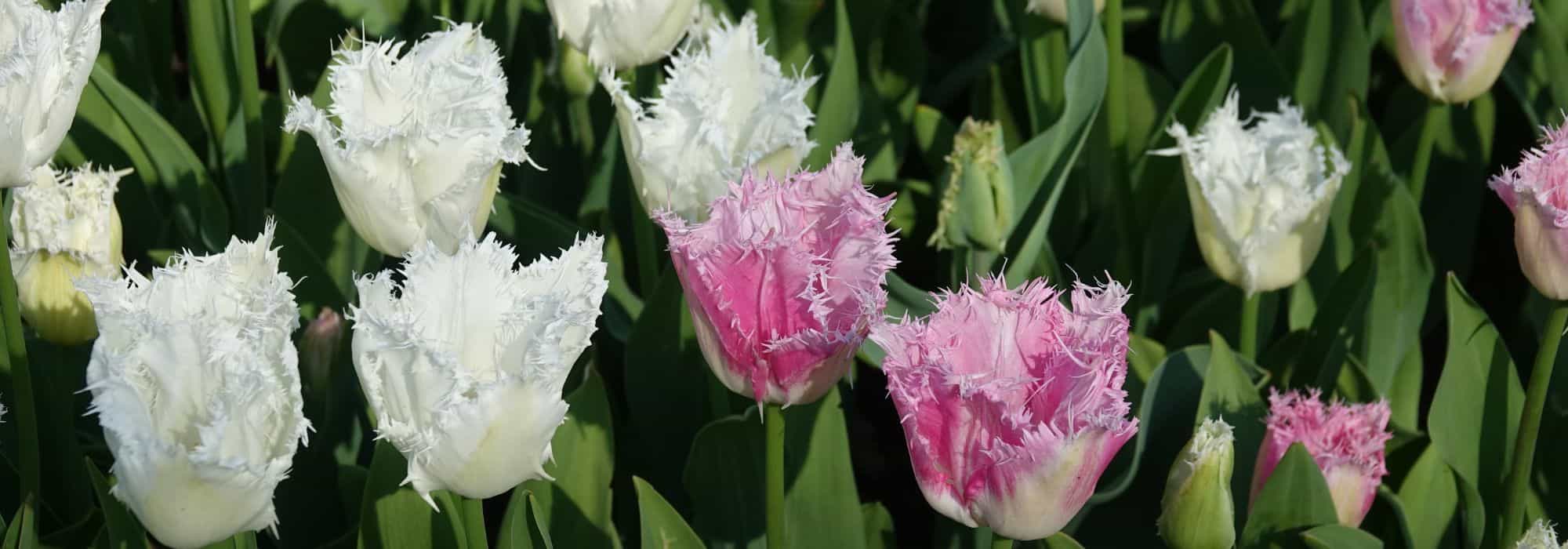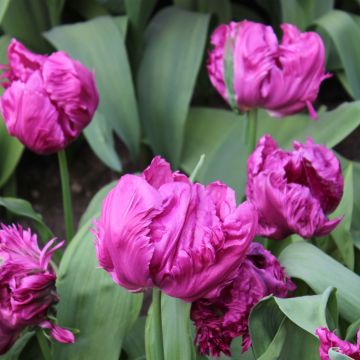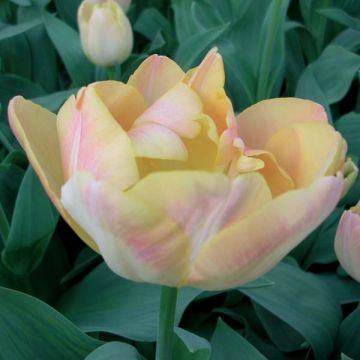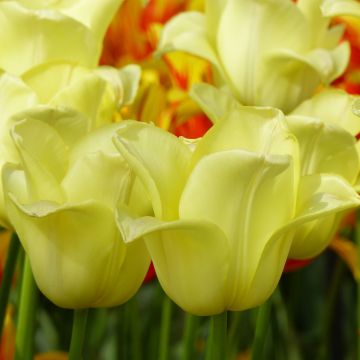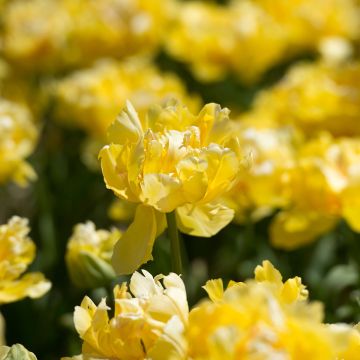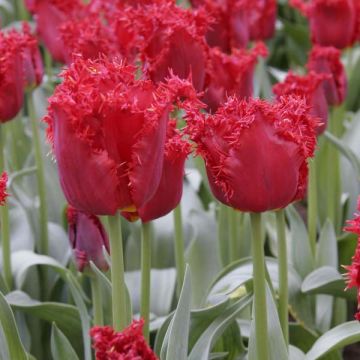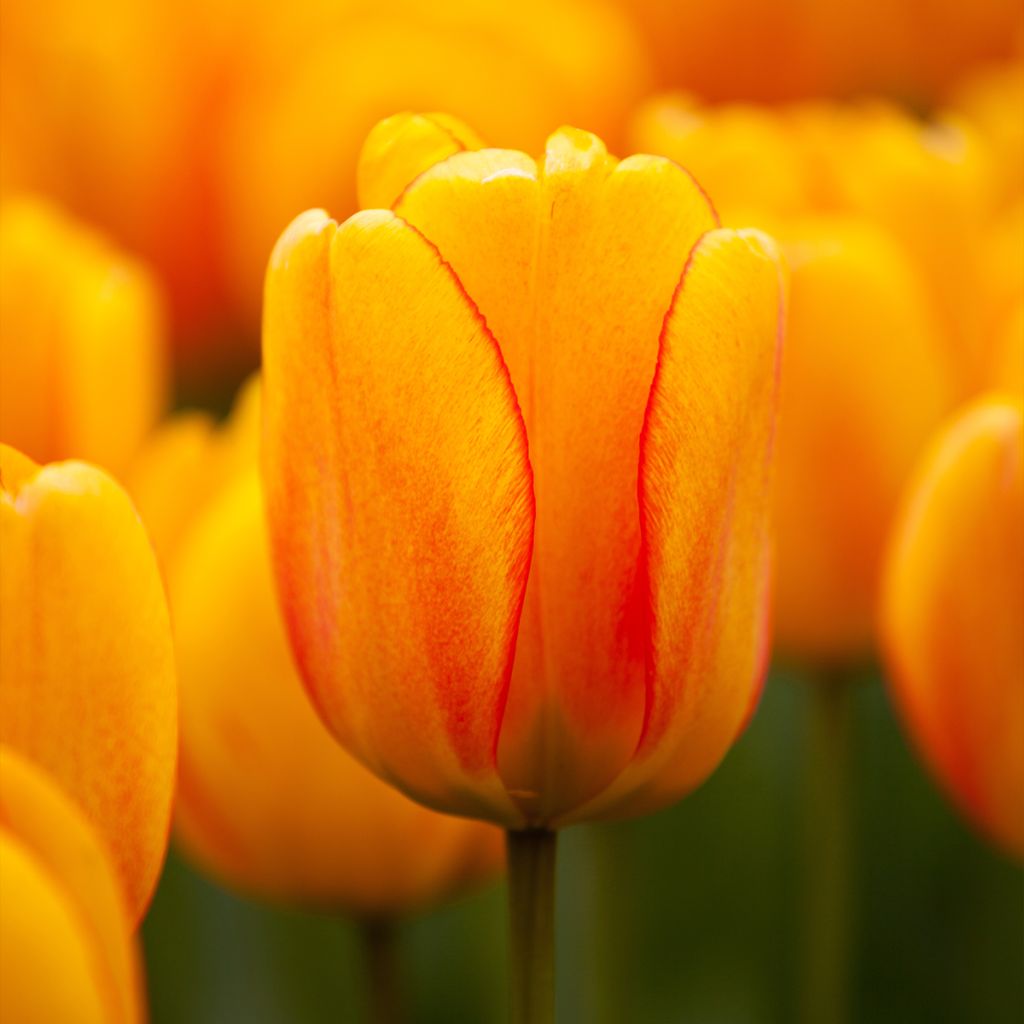

Tulipa Darwin hybrid Orange Lion - Darwin hybrid Tulip


Tulipa Darwin hybrid Orange Lion - Darwin hybrid Tulip
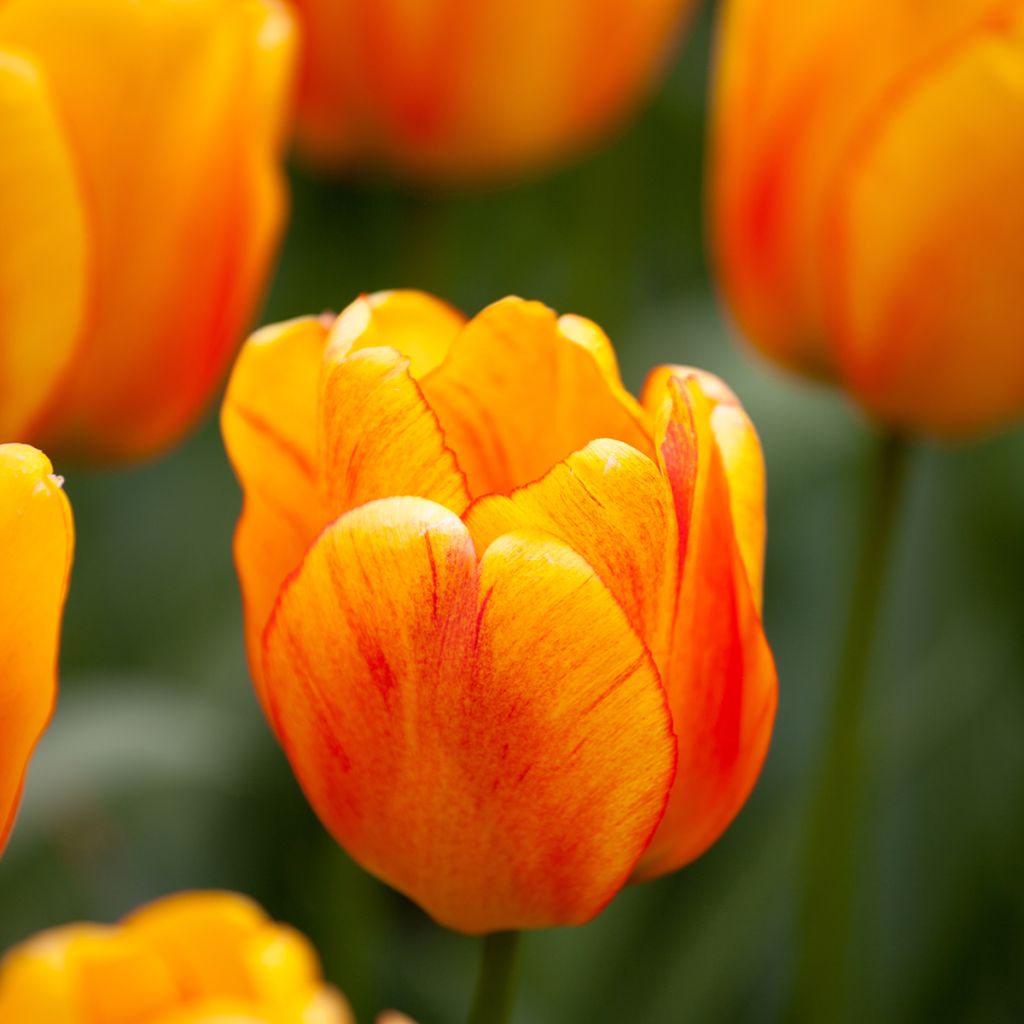

Tulipa Darwin hybrid Orange Lion - Darwin hybrid Tulip
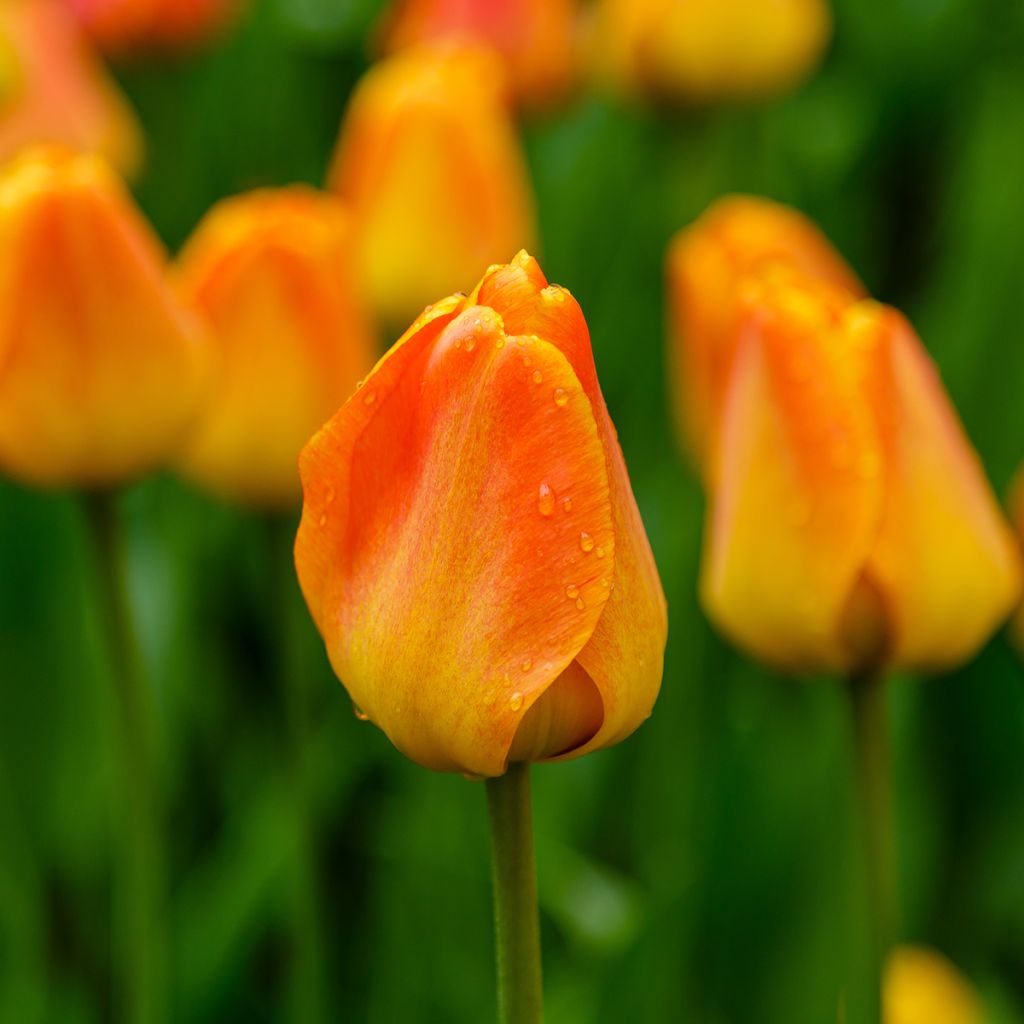

Tulipa Darwin hybrid Orange Lion - Darwin hybrid Tulip
Tulipa Darwin hybrid Orange Lion - Darwin hybrid Tulip
Tulipa Darwin hybride Orange Lion
Darwin Hybrid Tulip
Special offer!
Receive a €20 voucher for any order over €90 (excluding delivery costs, credit notes, and plastic-free options)!
1- Add your favorite plants to your cart.
2- Once you have reached €90, confirm your order (you can even choose the delivery date!).
3- As soon as your order is shipped, you will receive an email containing your voucher code, valid for 3 months (90 days).
Your voucher is unique and can only be used once, for any order with a minimum value of €20, excluding delivery costs.
Can be combined with other current offers, non-divisible and non-refundable.
Why not try an alternative variety in stock?
View all →This plant carries a 6 months recovery warranty
More information
We guarantee the quality of our plants for a full growing cycle, and will replace at our expense any plant that fails to recover under normal climatic and planting conditions.
Would this plant suit my garden?
Set up your Plantfit profile →
Description
The 'Orange Lion' hybrid Darwin Tulip provides a spectacle in the garden in the middle of spring, with its large flowers of a joyful orange-yellow. Of medium size, its foliage, barely tinged with blue-grey, highlights the warm colours of the flower. Perfect in the garden where it will brighten up a bed, this fragrant variety will also find its place inside the house in the form of superb bouquets. Hardy, resistant to bad weather, it prefers to grow in well-drained soil in the sun.
The 'Orange Lion' hybrid tulip belongs to the Liliaceae family, which used to be rich in genera that have now been reclassified into other families. Today, there are just over 400 species divided into about ten genera, the most well-known outside the large group of tulips being the lily and the fritillary. While a few varieties of botanical tulips can be found in commerce, the majority are horticultural varieties, like 'Orange Lion'. There are 15 divisions of tulips, with the 4th being the group of Darwin hybrids, characterised by large single flowers that appear in the middle of the season, carried by long, weather-resistant stems.
'Orange Lion' will reach a height of 55 to 60 cm (22 to 24in) when in bloom, in April-May. The flowers have a pyramidal to ovoid shape, with a broad base and a narrower top, before the petals slightly open at maturity, giving it a more rectangular appearance with rounded angles. Their colour fluctuates from yellow to orange, sometimes separate, sometimes fused, creating a very dynamic visual. The broadly lanceolate foliage has a beautiful glaucous green appearance, forming a perfect setting for the prominently dominant flowers. These are pleasantly fragrant, making them good candidates for bouquets. In fact, tulips from this group are the most cultivated for the cut flower trade. This tulip will be perfect when planted in mass, in the sun or possibly in partial shade, and will brighten up spring with its vibrant flowers.
The 'Orange Lion' Tulip finds its place in large beds, and of course in bouquets, associated with early peonies or lilacs. You can also grow it in a container, mixed with other varieties of tulips, preferably early ones like 'Christmas Dream' to extend the flowering season. In the garden, plant it in groups in a diverse bed mixing bulbs, perennials, and bushes. The Irises with their varied colours and dimensions will be good companions that can prolong the floral spectacle by choosing late varieties. The Narcissus will also be interesting with their predominantly white and yellow colours that coordinate well with 'Orange Lion'. The Oenothera fruticosa Sonnenwende with its abundance of yellow flowers throughout the summer is also highly recommended. And in the background, plant some reliable shrubs like the Philadelphus coronarius, whose simple white flowers release an unforgettable fragrance in spring, or one of the many Weigelas, so easy to grow and always generous in flowering.
Tulipa Darwin hybrid Orange Lion - Darwin hybrid Tulip in pictures
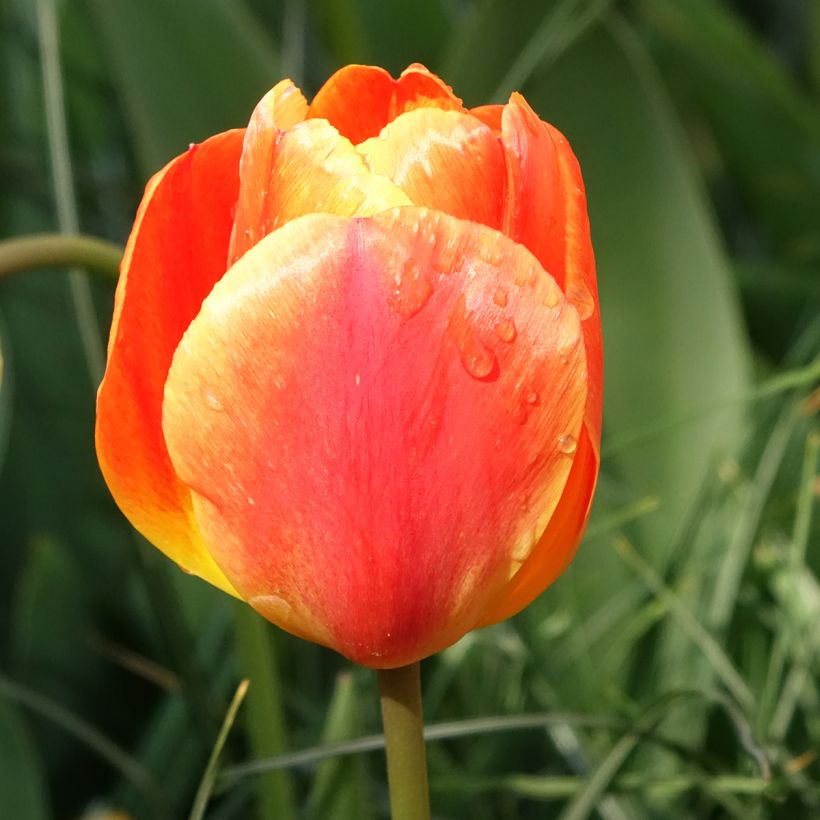

Plant habit
Flowering
Foliage
Safety measures
Botanical data
Tulipa
Darwin hybride
Orange Lion
Liliaceae
Darwin Hybrid Tulip
Cultivar or hybrid
ingestion
Cette plante est toxique si elle est ingérée volontairement ou involontairement.
Ne la plantez pas là où de jeunes enfants peuvent évoluer, et lavez-vous les mains après l'avoir manipulée.
Pensez à conserver l'étiquette de la plante, à la photographier ou à noter son nom, afin de faciliter le travail des professionnels de santé.
Davantage d'informations sur https://plantes-risque.info
Planting and care
Plant the bulbs in autumn, from September to December, at a depth of 15 cm (6in), spacing them 10 cm (4in) apart. The planting should be done in regular soil, slightly acidic, neutral, or slightly alkaline, loose, well worked, and well-drained. Never add undecomposed manure or compost to the planting soil, as it could cause the bulbs to rot. The 'Orange Lion' tulip will grow well in moist to dry soil in summer. Plant it in a sunny or partially shaded location. Once the flowering is over, it is preferable to remove the fruits to avoid exhausting the plant.
Planting period
Intended location
Care
Planting & care advice
This item has not been reviewed yet - be the first to leave a review about it.
Similar products
Haven't found what you were looking for?
Hardiness is the lowest winter temperature a plant can endure without suffering serious damage or even dying. However, hardiness is affected by location (a sheltered area, such as a patio), protection (winter cover) and soil type (hardiness is improved by well-drained soil).

Photo Sharing Terms & Conditions
In order to encourage gardeners to interact and share their experiences, Promesse de fleurs offers various media enabling content to be uploaded onto its Site - in particular via the ‘Photo sharing’ module.
The User agrees to refrain from:
- Posting any content that is illegal, prejudicial, insulting, racist, inciteful to hatred, revisionist, contrary to public decency, that infringes on privacy or on the privacy rights of third parties, in particular the publicity rights of persons and goods, intellectual property rights, or the right to privacy.
- Submitting content on behalf of a third party;
- Impersonate the identity of a third party and/or publish any personal information about a third party;
In general, the User undertakes to refrain from any unethical behaviour.
All Content (in particular text, comments, files, images, photos, videos, creative works, etc.), which may be subject to property or intellectual property rights, image or other private rights, shall remain the property of the User, subject to the limited rights granted by the terms of the licence granted by Promesse de fleurs as stated below. Users are at liberty to publish or not to publish such Content on the Site, notably via the ‘Photo Sharing’ facility, and accept that this Content shall be made public and freely accessible, notably on the Internet.
Users further acknowledge, undertake to have ,and guarantee that they hold all necessary rights and permissions to publish such material on the Site, in particular with regard to the legislation in force pertaining to any privacy, property, intellectual property, image, or contractual rights, or rights of any other nature. By publishing such Content on the Site, Users acknowledge accepting full liability as publishers of the Content within the meaning of the law, and grant Promesse de fleurs, free of charge, an inclusive, worldwide licence for the said Content for the entire duration of its publication, including all reproduction, representation, up/downloading, displaying, performing, transmission, and storage rights.
Users also grant permission for their name to be linked to the Content and accept that this link may not always be made available.
By engaging in posting material, Users consent to their Content becoming automatically accessible on the Internet, in particular on other sites and/or blogs and/or web pages of the Promesse de fleurs site, including in particular social pages and the Promesse de fleurs catalogue.
Users may secure the removal of entrusted content free of charge by issuing a simple request via our contact form.
The flowering period indicated on our website applies to countries and regions located in USDA zone 8 (France, the United Kingdom, Ireland, the Netherlands, etc.)
It will vary according to where you live:
- In zones 9 to 10 (Italy, Spain, Greece, etc.), flowering will occur about 2 to 4 weeks earlier.
- In zones 6 to 7 (Germany, Poland, Slovenia, and lower mountainous regions), flowering will be delayed by 2 to 3 weeks.
- In zone 5 (Central Europe, Scandinavia), blooming will be delayed by 3 to 5 weeks.
In temperate climates, pruning of spring-flowering shrubs (forsythia, spireas, etc.) should be done just after flowering.
Pruning of summer-flowering shrubs (Indian Lilac, Perovskia, etc.) can be done in winter or spring.
In cold regions as well as with frost-sensitive plants, avoid pruning too early when severe frosts may still occur.
The planting period indicated on our website applies to countries and regions located in USDA zone 8 (France, United Kingdom, Ireland, Netherlands).
It will vary according to where you live:
- In Mediterranean zones (Marseille, Madrid, Milan, etc.), autumn and winter are the best planting periods.
- In continental zones (Strasbourg, Munich, Vienna, etc.), delay planting by 2 to 3 weeks in spring and bring it forward by 2 to 4 weeks in autumn.
- In mountainous regions (the Alps, Pyrenees, Carpathians, etc.), it is best to plant in late spring (May-June) or late summer (August-September).
The harvesting period indicated on our website applies to countries and regions in USDA zone 8 (France, England, Ireland, the Netherlands).
In colder areas (Scandinavia, Poland, Austria...) fruit and vegetable harvests are likely to be delayed by 3-4 weeks.
In warmer areas (Italy, Spain, Greece, etc.), harvesting will probably take place earlier, depending on weather conditions.
The sowing periods indicated on our website apply to countries and regions within USDA Zone 8 (France, UK, Ireland, Netherlands).
In colder areas (Scandinavia, Poland, Austria...), delay any outdoor sowing by 3-4 weeks, or sow under glass.
In warmer climes (Italy, Spain, Greece, etc.), bring outdoor sowing forward by a few weeks.






























